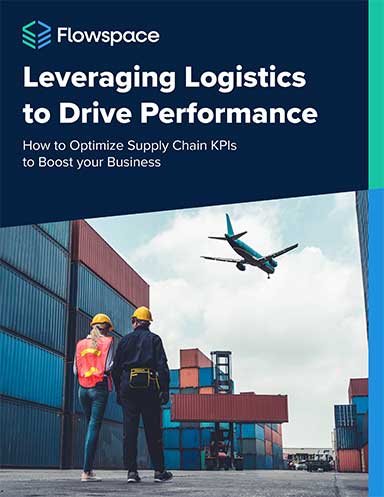S&P Global Market Intelligence report looks at normalization of supply chains over course of 2023
A recently-released report issued by S&P Global Market Intelligence makes the case for a normalization of supply chains over the second quarter of 2023.
This report comes at a time, when United States-bound import levels are down, due, in large part to higher-than-normal inventory levels, reduced consumer demand, and still-stingy inflation levels. But, as the report observes, much of the supply chain normalization is viewed through the lens of where things stand now compared to where things stood prior to the onset of the pandemic.
“The year 2023 is a year of two halves for global supply chains,” wrote Chris Rogers, Head of Supply Chain Research, S&P Market Intelligence, in the report. “During the second quarter of 2023, a normalization of supply chains will continue after getting underway in late 2022. Later in 2023, post-pandemic corporate strategies should be clearer and global policy uncertainties may be resolved.”
The report pointed to various examples of where things stand in the global supply chain based on various metrics and issues, including:
- supplier delivery times are their best since July 2019, and global trade activity is expected to slow. There are signs of a normalization in seasonal shipping patterns, though they will only be confirmed during late third quarter 2023. Electronics supply chains are still disrupted;
- corporate inventories are close, but not quite, at normal levels when measured both as inventory-to-sales ratios and as purchasing manager assessments. It is too soon to assess whether just in case will replace just in time as the leading strategy for inventory management;
- reshoring plans are a multiyear process, and there are signs that mainland China may be winning back lost market share in some products;
- the ongoing conflict in Ukraine will likely reach a stalemate by the end of the year and carries the risk of expanding sanctions and secondary sanctions;
- the bifurcation of global technology supply chains continue as CHIPS-alike regulations are rolled out, but a full decoupling remains unlikely. Tensions between the European Union and the United States are being resolved; and
- the European Union’s Carbon Border Adjustment Mechanism (CBAM) gets started in October with reporting requirements. Steel and aluminum suppliers in mainland China and Vietnam could be heavily exposed
In an interview, Rogers said that the global supply chain has come out of a period of historic disruptions, especially for logistics networks in North America. But he added that comes with the caveat that true supply chain stability has been far from a given over the last several years.
“In 2015, we were talking about strikes, and in 2016 we were talking about a huge downturn in economic activity in China,” he said. “In 2017 and 2018, we were talking about tariffs implemented by former President Trump. Then we stumbled into the pandemic that was followed by a war. In the meantime, you have vessels stuck in canals and strikes in Germany. There really is always something. It is almost like this perpetual feeling of supply chain managers not being able to catch a break.”
Regarding supply chain normalization, Rogers explained that the extended period of pandemic-driven demand that generated stress in the system led to shippers being ill-afforded for an event like a West Coast port labor strike, at a time of heavy port congestion, with, for example, 100 boats offshore waiting to unload. The reason for that, he observed, is because that pressure and related threats are much lower when the supply chain system is not stressed in the same way.
“A strike on the West Coast would be horribly disruptive [for shippers there], but there are lots of alternatives to route around that, like going through the East Coast, for example,” said Rogers. “We have seen a lot of supply chains adjust to that.”
What’s more, that supply chain normalization, when viewing it through the two halves of 2023, is related to a normalization, or return, to basic economic conditions.
“The second half of the year is about proving whether we're going to an old normal of how people run their supply chains or a new normal,” he said. “There has been a lot of discussion about the need for a resilient supply chain. What does that involve? It involves holding more inventories and sourcing from more than one country. Those are both really expensive…and we are kind of heading into, if not a recession, then certainly an economic slowdown. Are your shareholders and banks going to be thrilled about tying up a bunch of cash in inventories or multi-sourcing? That is what the new normal is supposed to be. It is going to be the second half of the year when we get enough of a ‘clean signal’ from the data to see where we’ve actually ended up. My suspicion is we will see some firms go to a more resilient supply chain model, but others will decide it is too expensive and don’t have the money to spend on it at the moment.”













